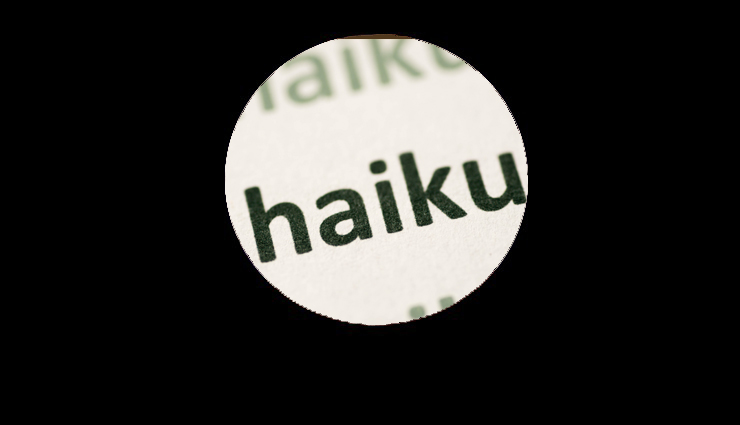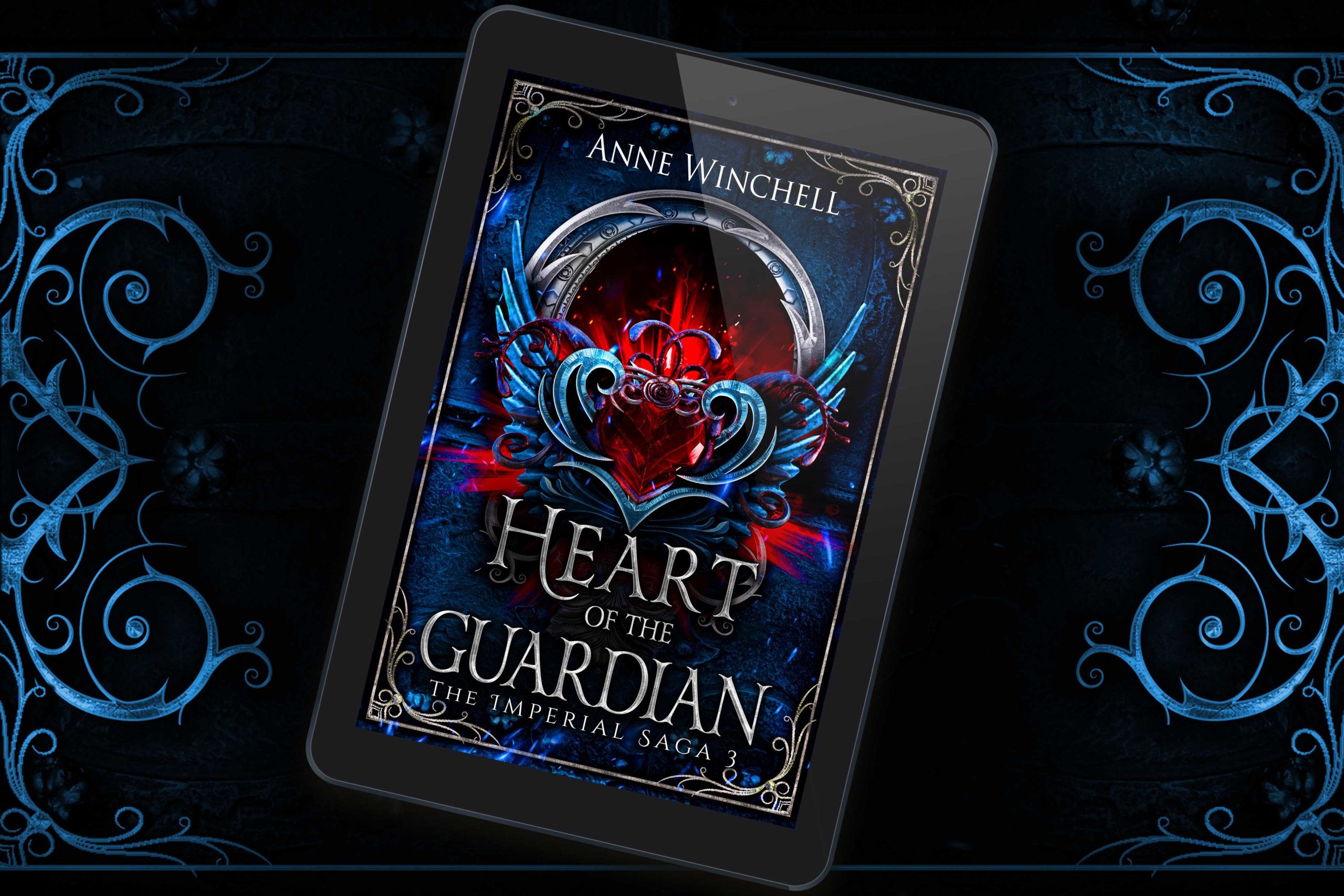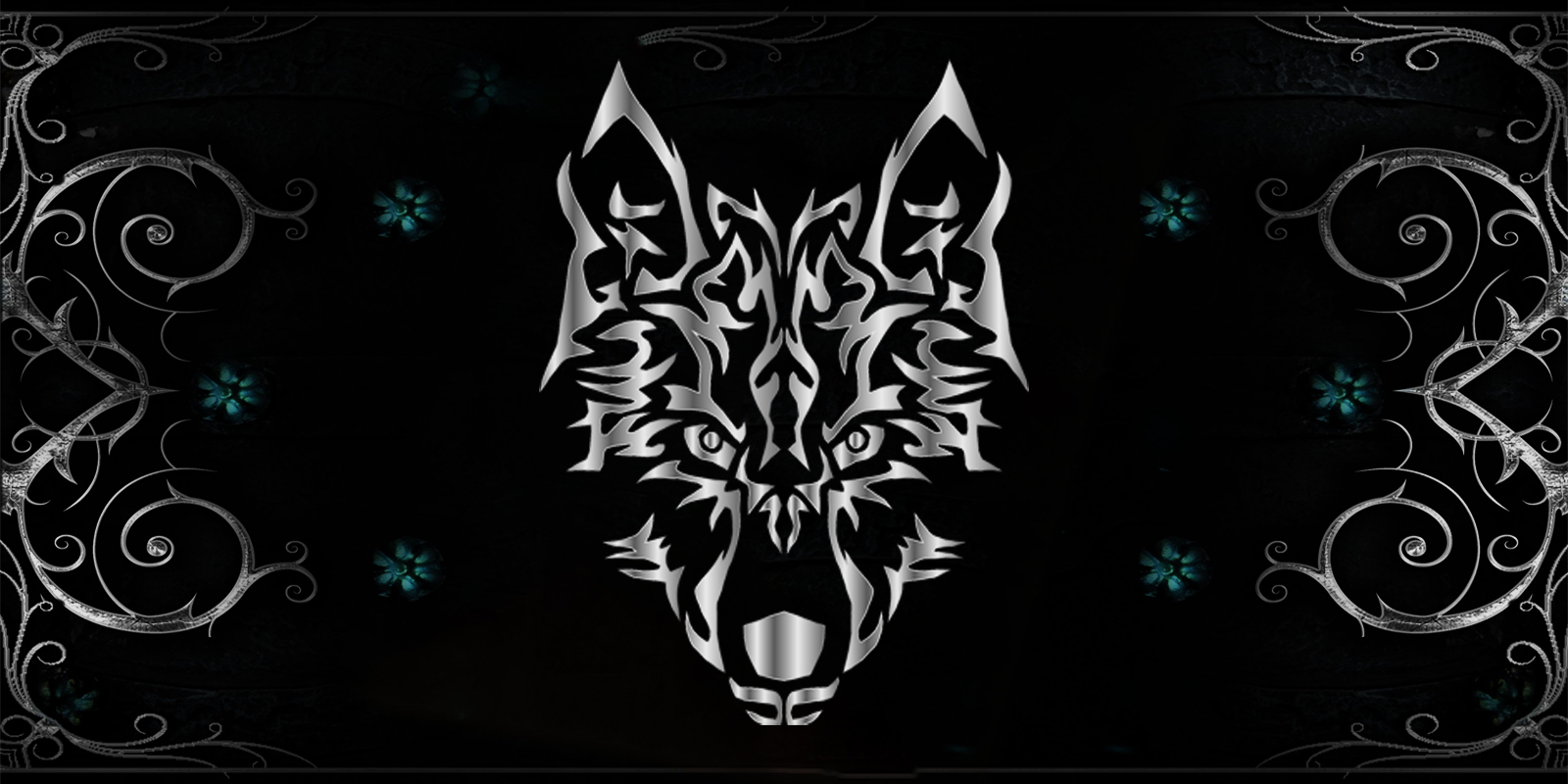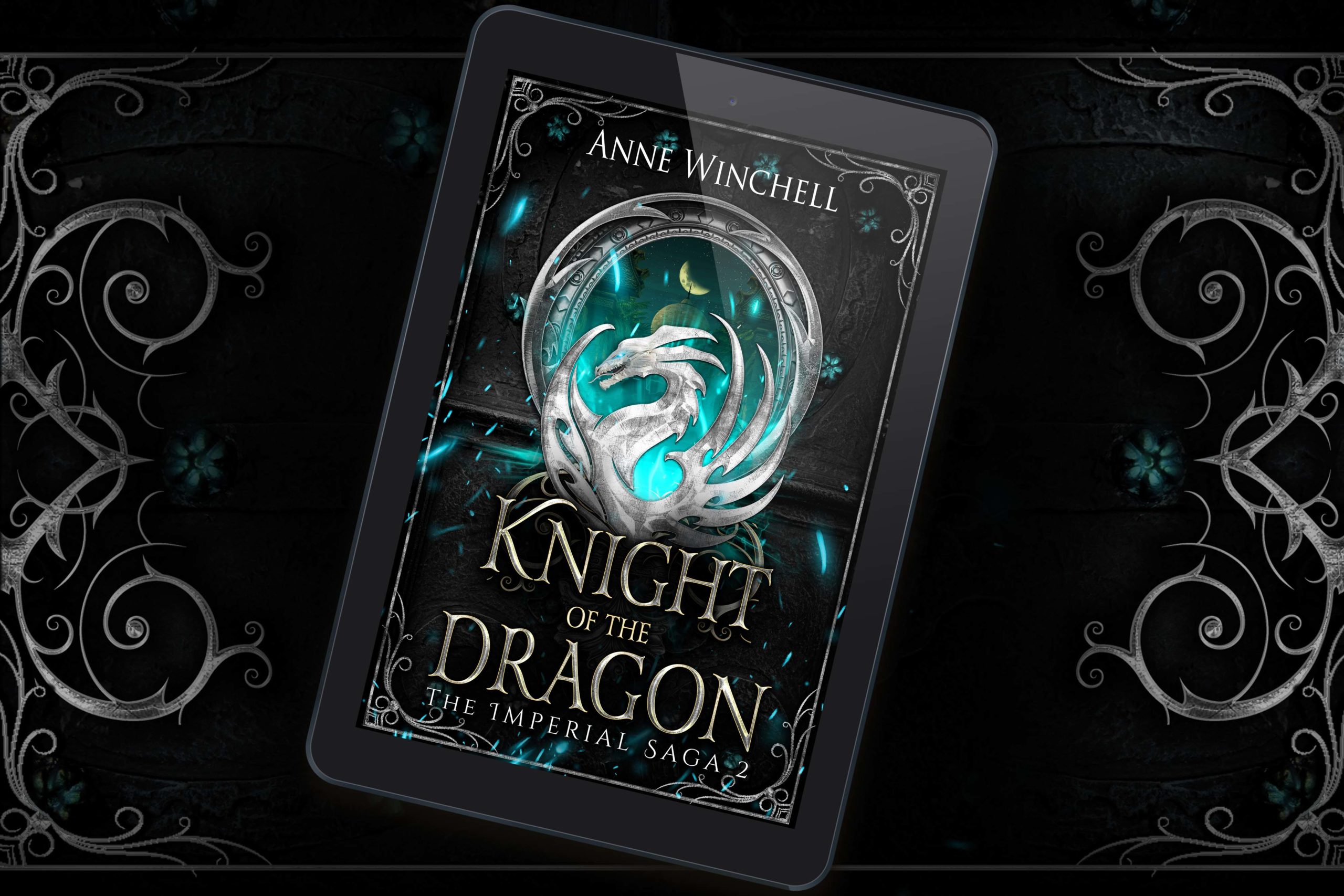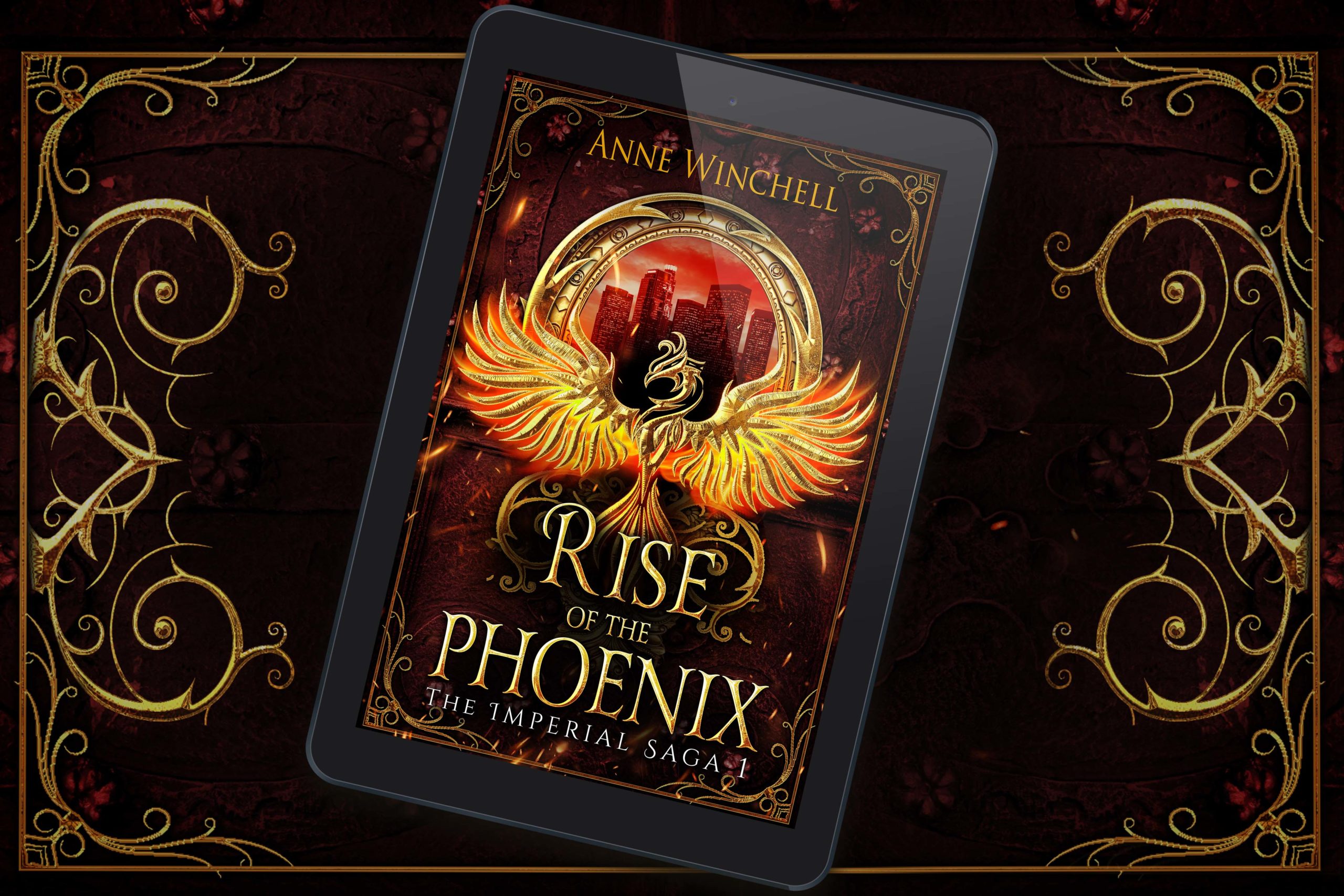My favorite form of poetry is the haiku. In a traditional haiku, the first line has five syllables, the second line has seven, and the third and final line has five. More recent haiku do not rely as heavily on syllable count. Haiku traditionally depict scenes from nature. The journal Modern Haiku has an excellent description of the haiku form on their website:
Haiku is a brief verse that epitomizes a single moment. It uses the juxtaposition of two concrete images, often a universal condition of nature and a particular aspect of human experience, in a way that prompts the reader to make an insightful connection between the two. The best haiku allude to the appropriate season of the year. Good haiku avoid subjectivity; intrusions of the poet’s ego, views, or values; and displays of intellect, wit, and facility with words. (qtd from Modern Haiku)
I frequently write haiku in my spare time, whenever I’m bored or when my students are taking tests. You can come up with a bunch of little ideas, or spend a lot of time crafting a single, beautiful line. To create a great haiku, of course, you’ll need to get the perfect combination of idea and word. It’s rare to get a great haiku on your first try, but with a little craft and a lot of work, you can create beautiful poetry!
Here are four of my haiku, loosely organized in the seasons of the year. 😀 Please add your own haiku in comments and we’ll see how many haiku we can collect!
taint shade with sunlight
refreshing breeze now sullen rays
spring undone; summerheight of summer
stars align beyond clouds
one falls to your palm
leaves stay on trees now
why risk the uncertain fall
stability lingers
frozen serene snow
trailing from eternity
to land on my tongue
copyright © 2011 by Anne Winchell
